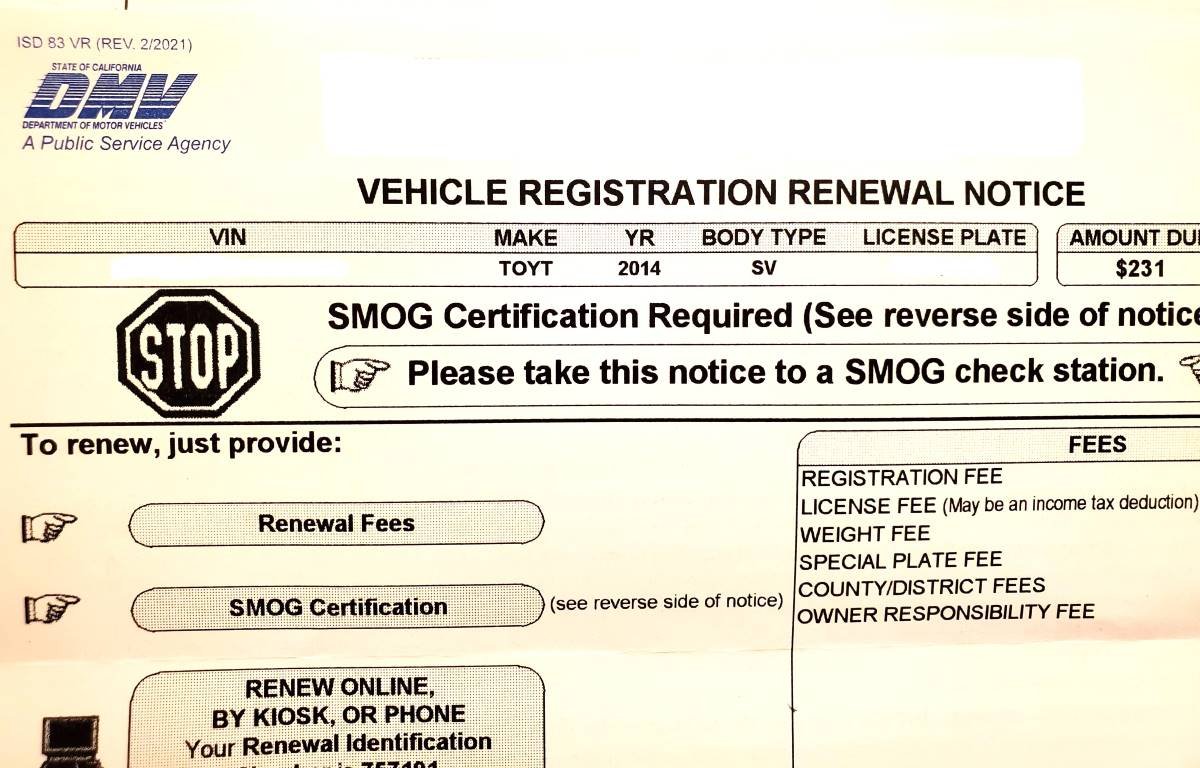What Happens When You Turn 18 in the State of California?
/Age 18 in the United States is considered the "age of majority" and is a major milestone.
Age 18 has been the age of majority since the 26th Amendment, signed into law by President Nixon in July 1971. Historically the age of majority was 21, but when Franklin D. Roosevelt lowered the military draft age to 18 during World War II, there was a push to align the voting age with the military draft age.
So what changes when you turn 18? The State Bar of California previously published a nice guide for teenagers to help better understand how their rights and responsibilities change at age 18.
Here's a summary of these rights and responsibilities, excerpted from the California Lawyers Foundation booklet (updated in 2021), “When You Turn 18 - A Legal Survival Guide” (pdf file) (Spanish language version):
Enter into binding contracts - for example, leases, opening bank accounts and applying for loans (of course, to obtain the loan, you may still need a co-signer).
Buy or sell property, such as real estate and stock.
Marry without written consent of parents or guardian.
Sue or be sued.
Compromise, settle or arbitrate a claim.
Make or revoke a will.
Inherit property outright.
Vote in federal, state and local elections. (Since 2016, 16 and 17 year olds may pre-register to vote at age 18.)
Consent to all types of medical treatment.
Join the military without parental consent. Male U.S. citizens or immigrants living in the U.S. generally must register with the Selective Service System within 30 days of turning 18. (Females are not currently not required to register for the draft.)
Get a job without a special work permit.
Serve jury duty.
Be subject to more serious consequences for breaking the law.
Prior to June 9, 2016, you could buy tobacco products. The law changed, however, and now you have to wait until you are age 21. This also includes e-cigarettes and vaping products.
At age 18 you can give blood without parental consent in California (written parental consent is required for 16 and 17 year olds).
At age 18 you may become an organ donor without parental consent. www.organdonor.gov/about/donors/child-infant.html
Apply for credit in your own name, though you will likely need to show proof of income or have a co-signer.
You can get a tattoo at age 18 and can do so without parental consent. You cannot get a tattoo under the age of 18. It is a misdemeanor to give or even offer to give a tattoo to someone under the age of 18 in California. (PC 653)
You can get a piercing without parental consent at age 18.
You can file a petition to change your name at age 18.
You can play the Lottery at age 18 in most states (except Iowa and Louisiana - party poopers).
In California and most states (except Arizona, Iowa, Nevada and Texas), you can bet on horse races (e.g. pari-mutuel betting).
You can play charity bingo at age 18 in California.
What you still cannot do:
Purchase tobacco products, e-cigarettes and vaping products (mentioned above). You must be age 21. In fact, federal law changed in December 2019 to require all states to change the minimum age for tobacco purchases to 21.
Purchase and consume alcoholic beverages. The minimum age for drinking in all states is 21.
Some states have minor (so to speak) exceptions to the age 21 requirement. In Kansas, under 21 may drink “cereal malt beverages” under parental supervision on their own property. What is a cereal malt beverage? A beverage with no more than 3.2% alcohol by weight produced by fermentation, not by distillation. Coors Light has 4.2% alcohol as a comparison. The states of Alaska, Connecticut, Louisiana, Maine, Maryland, Ohio and Wisconsin have exceptions that allow individuals under age 21 to drink when parents or guardians are present. If you are 18 and really want to drink, the territories of Puerto Rico and the Virgin Islands allow legal drinking, unencumbered by the presence of parents, at age 18.
You cannot sell or serve alcoholic beverages for consumption on-premises until you are age 21. However, it is allowable for someone 18 to 21 to serve alcoholic beverages to consumers in a restaurant along with food for consumption on premises.
For more information about the “When You Turn 18: A Legal Survival Guide” publication and/or to request physical copies of the booklet at calawyersfoundation.org/our-work.








